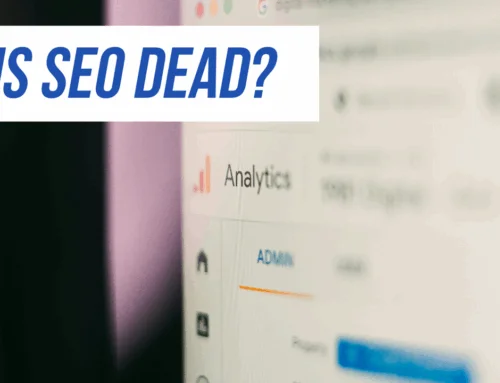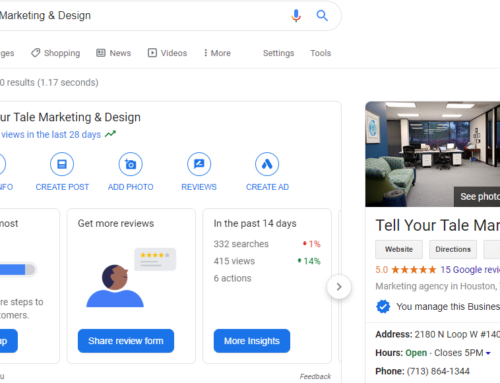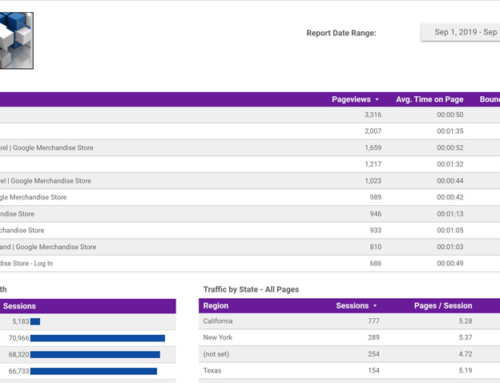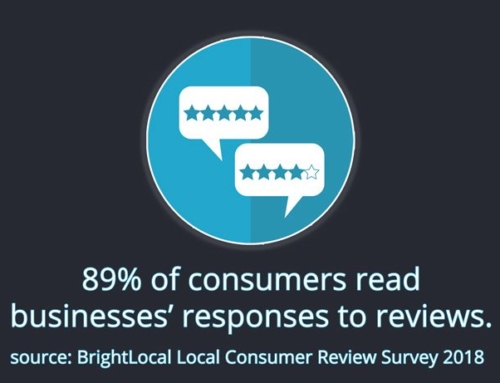
There’s a lot of talk about search engine optimization (SEO) for websites so I thought I’d share some tips that any business or individual could use. When Tell Your Tale launches a web site for a business, we make sure to address these items and many more. Since there’s a lot to cover, I’ll share these SEO tips in a series of blog posts so check back often and look at some of the websites that Tell Your Tale has created.
One of the first things to consider is which tools people use for Internet search. The latest research shows 65 percent of the searches are done using Google and 18 percent of the searches are done using Bing. The other search engines make up the rest. There’s an estimated 131 billion searches done each year. Keeping in mind how Google (and to some degree Bing) ranks web pages will help improve your rankings.
I recommend focusing on your organic search results, which are those that are not influenced by your advertising dollars. (Pay per click is the opposite where your promotion is given higher ranking based on the amount of money you’re willing to spend per click and based on how much your competition is willing to spend on that same search phrase. I don’t think for many businesses this is a smart long-term plan. More on that later.) Paid searches often show up at the top of your search with a yellow/manilla background. They can also appear in the right margin of the screen. However, the organic results show up below the paid searches with no color block behind them.
So what do you need to do to get on page 1 of the search results?
Driving more visitors to your web site is a good thing since it encourages the site visitor to take action or do something on that web page. Hopefully, your SEO efforts will drive people not just to your home page but to web pages specific to the searches being done. For instance, if Tell Your Tale wants to increase its web site development business, we would focus our efforts on getting organic search results for, say, “web design houston” to our web page tailored to web design, not just the home page.
To do this, we need to look at the key words that people are using to search and make sure you’re embedding those key words onto your web pages. Whether you’re a marketing design firm or sell office supplies, this is important. Keyword Density refers to the number of times the targeted key word or phrase appears on a web page in relation to the total number of words on the page.
Ideally, you want to incorporate your key words 1-3 times per page. Don’t overdo it. I’ve seen websites that are written only with key words and that do not make sense to a human reader, and it’s appalling. Also, Google will discover websites like this and punish them by pushing their websites to the bottom of the ranks. It’s a very bad kind of “time out” and takes a long time to recover.
How do you develop your list of key words? Google has a great tool and I’ll cover that in my next blog post. Check back soon and please don’t forget to follow us on FaceBook for more great marketing ideas.
– TYT








